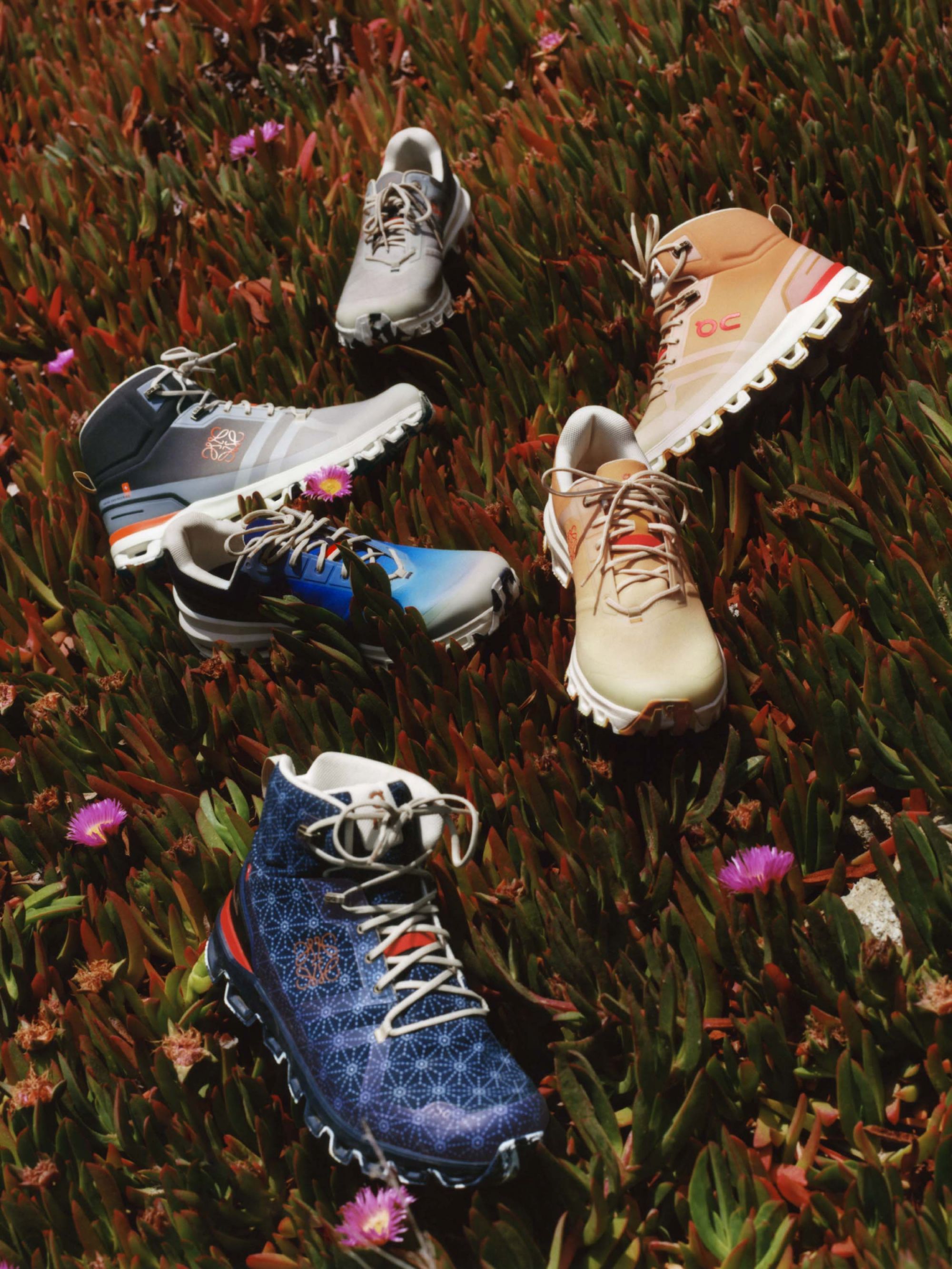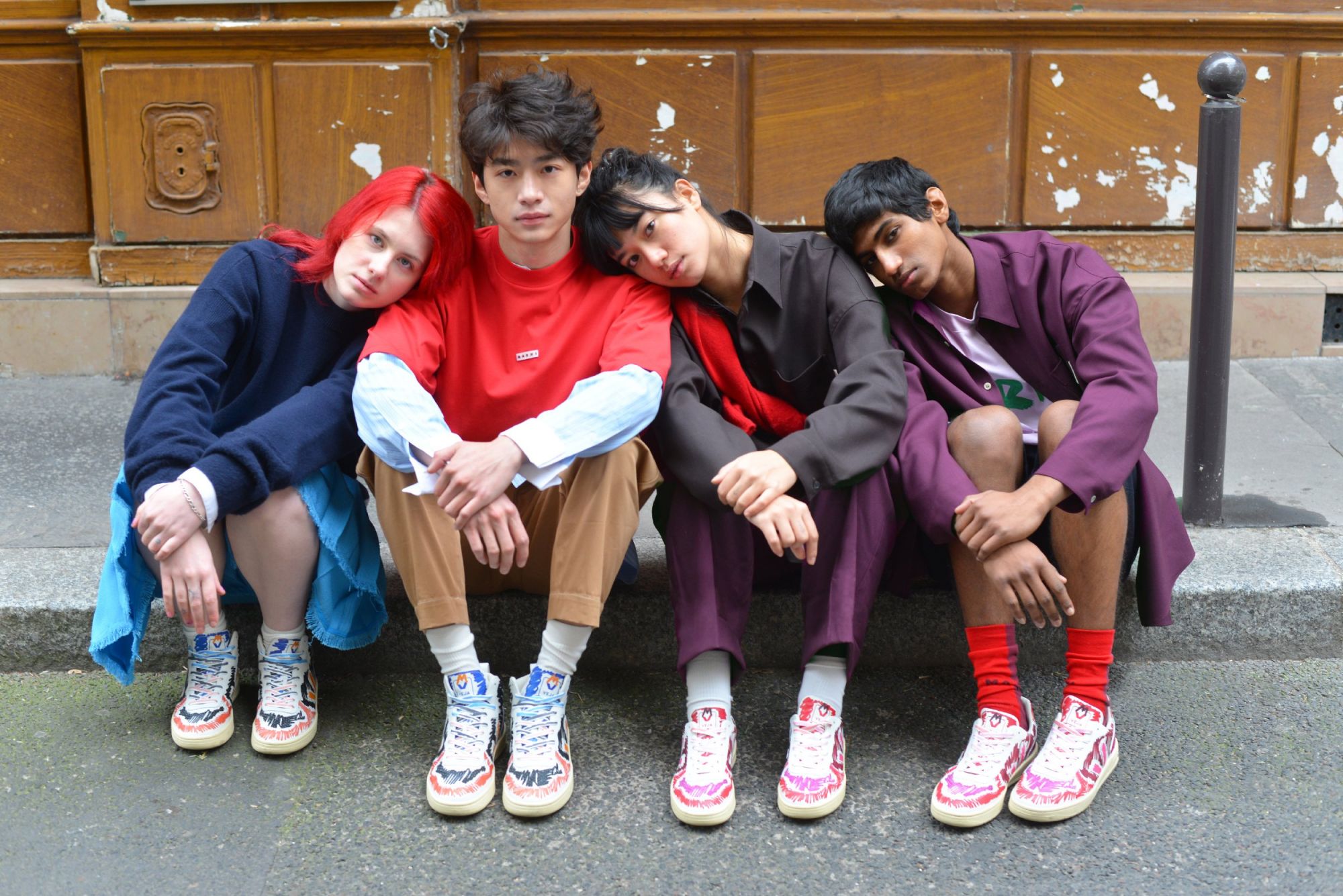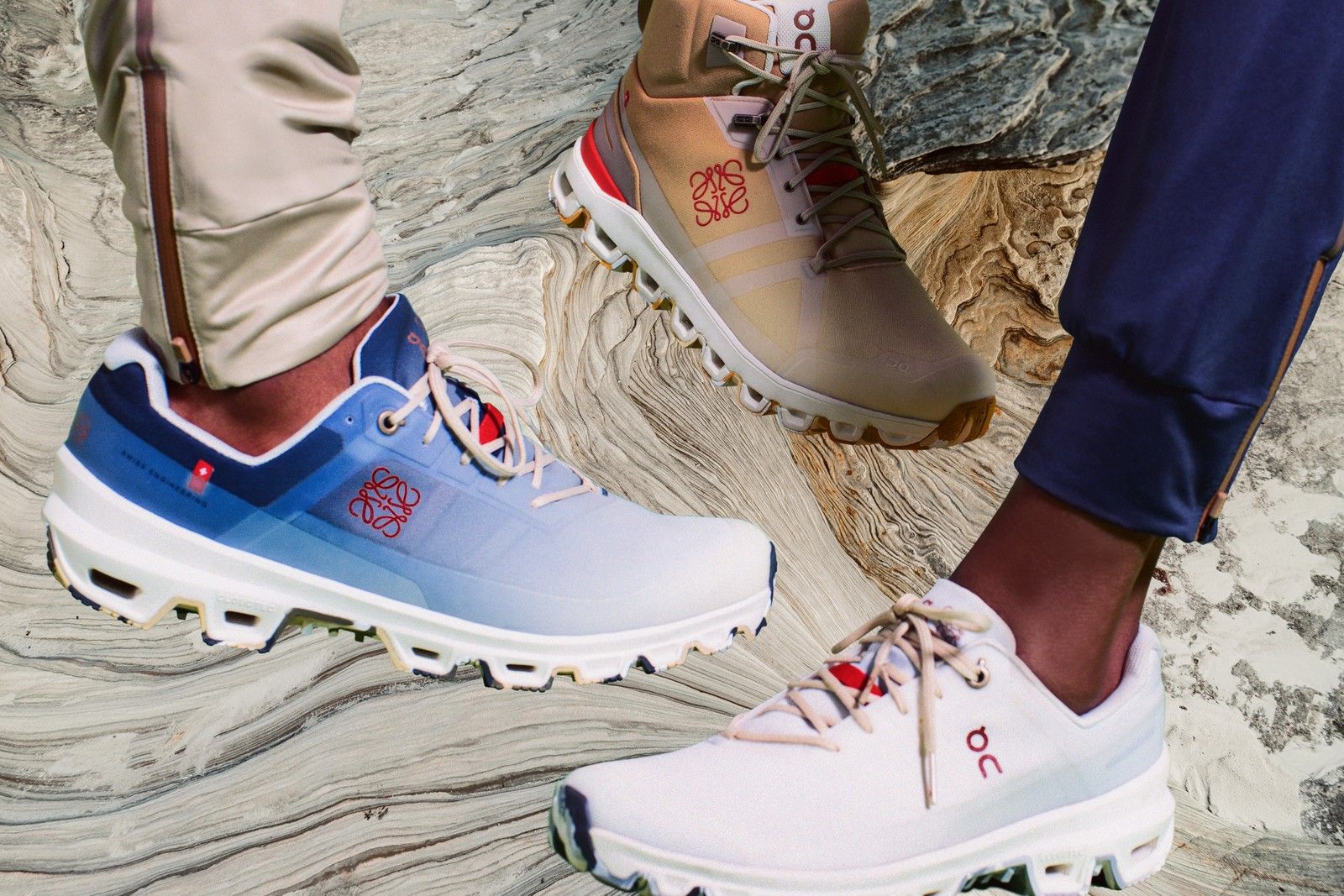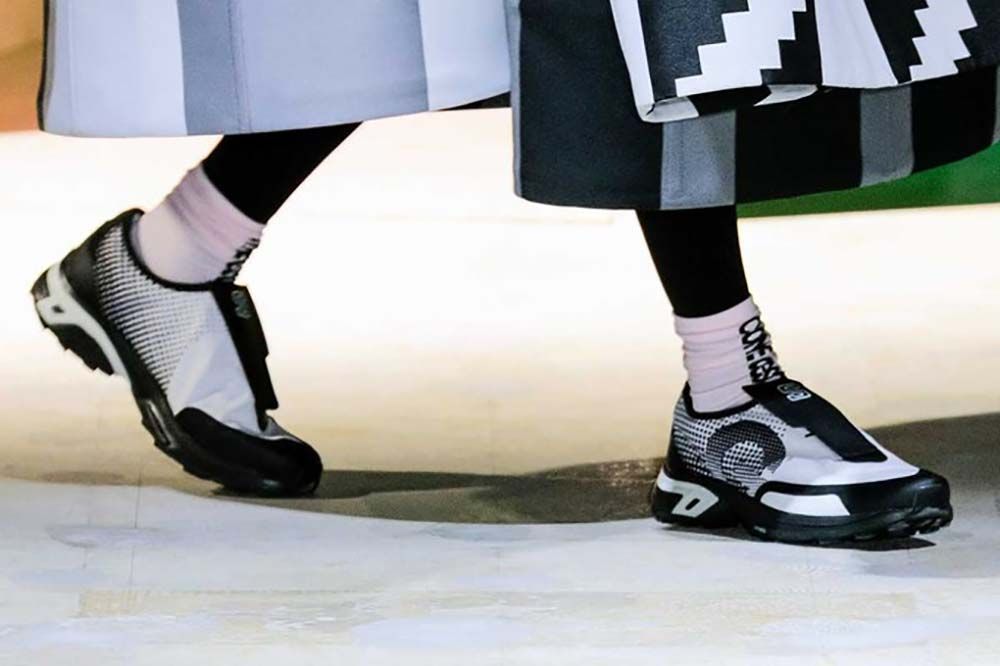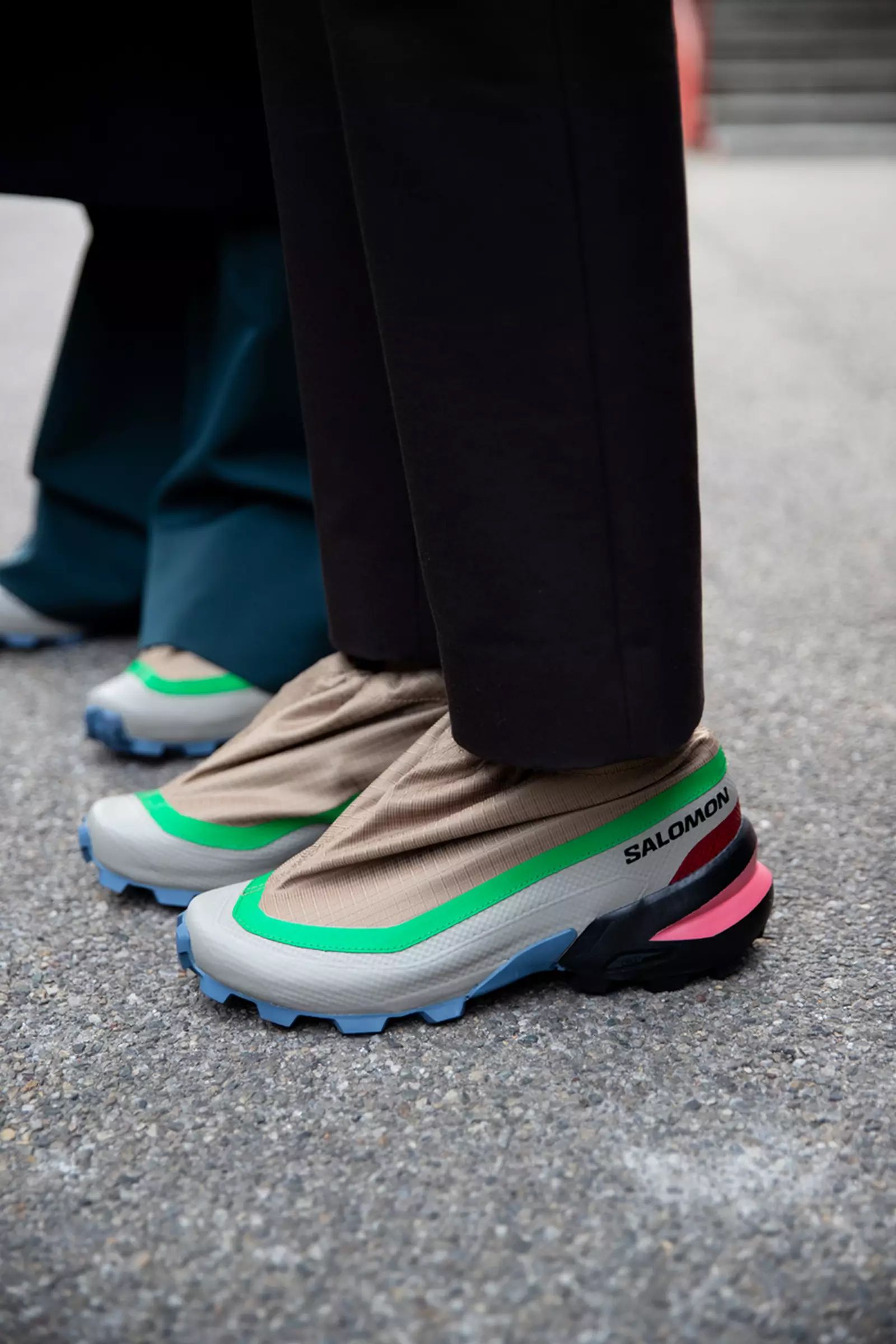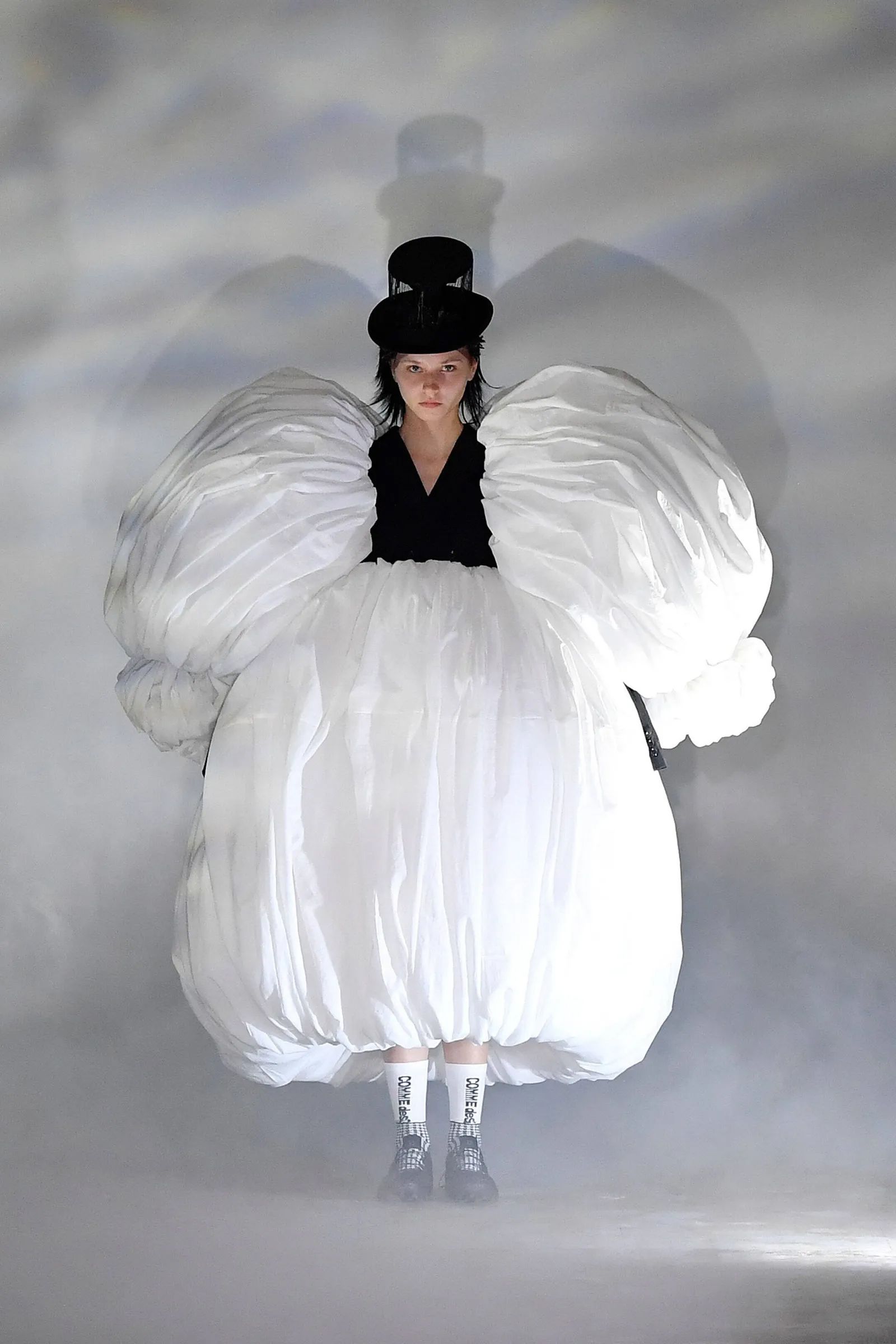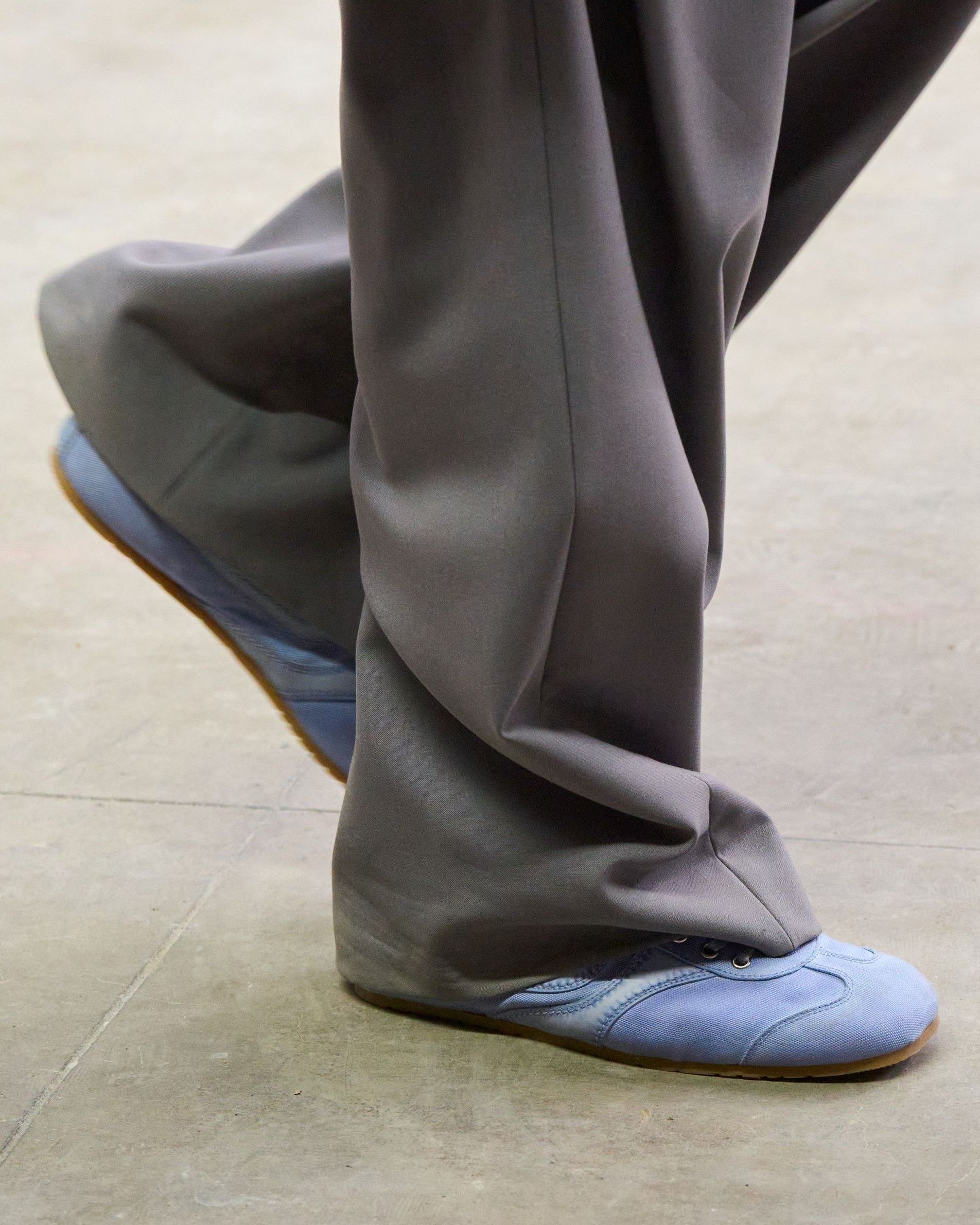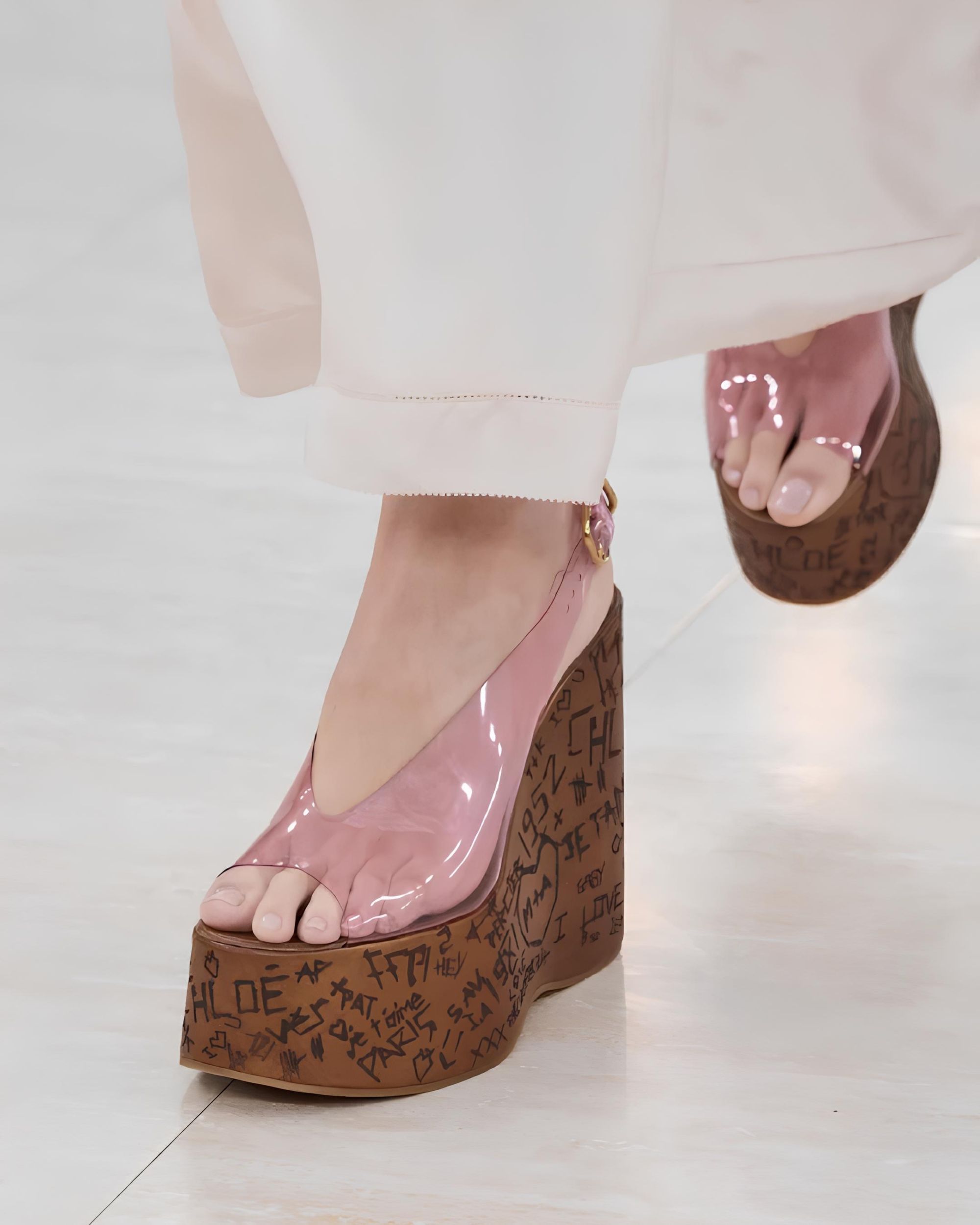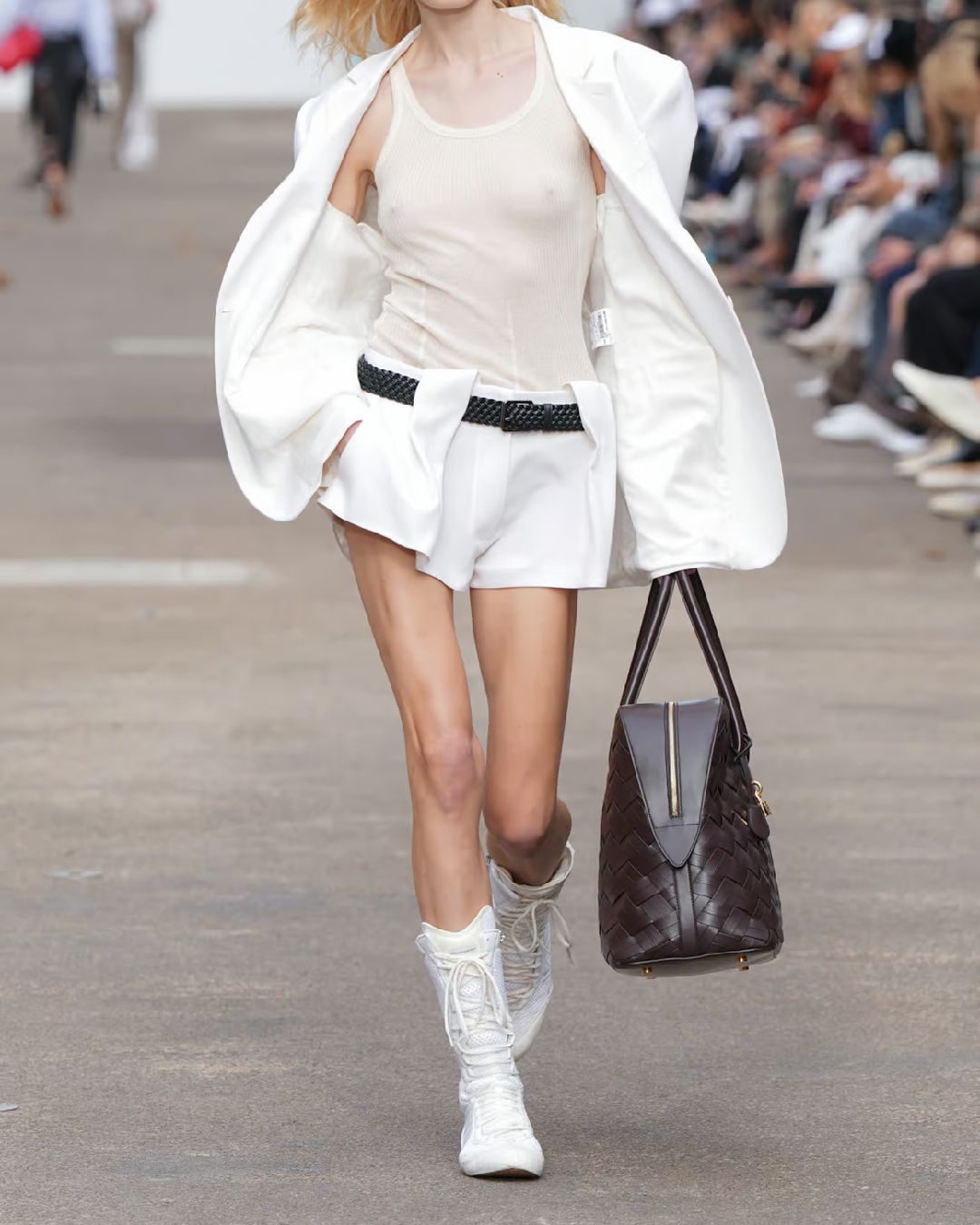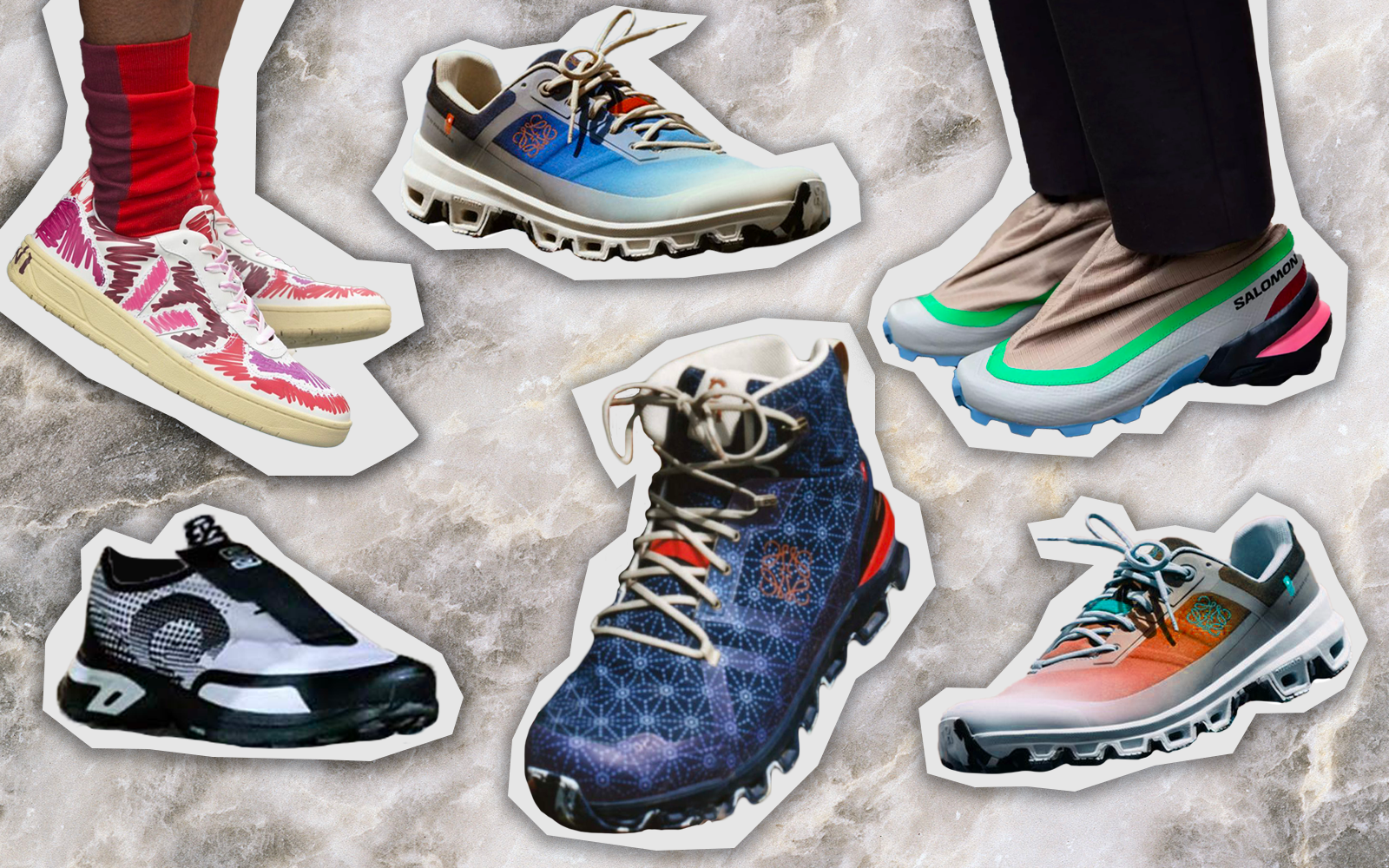
Sneakers have changed for the better The end of hype culture shifted the way we view sneakers
From whatever perspective we look at the last few years of fashion evolution, the weight and presence of sneakers is undeniable. From the dawn of streetwear to the intersection with luxury, their presence and their evolution has always been a thermometer of change, a useful metric to understand the movements in the tastes of buyers and in the market. If at the height of hype culture the sneaker had become a cult object in a status that very often transcended into fanaticism, in recent years a series of factors have decreed a slow but decisive change within the fashion world. When five years ago Balenciaga showed to the world for the first time the Triple S gave life to a new season of luxury sneakers as we know it, leading over time to the birth of historic and lasting collaborations, from Nike and Off-White™ to Prada and adidas, in a race towards a market that today is worth 109 billion dollars but that in 2030 could be worth 165 billion. A profitable market, but one that today is undergoing a visible change and that also passes through the collaboration system which, having abandoned the hype of past years, has begun to shift its attention towards a different idea of sneakers.
Loewe, for example, chose to collaborate with Swiss brand On, while Maison Margiela scored a collabo between Salomon and MM6, a sub-label of the brand. When it's not technical sneakers, however, brands are opting for sustainability, as in the case of Marni and its collaboration with Veja. «I think we are in a very interesting time, where there is a cyclical shift happening», Nick Sisombath, founder of Collegium, told us. «We personally feel like it's going back to a more community driven culture that is appreciating the quality as well as story that comes with the product. The consumers are getting more involved with the dollars they are spending, and they are looking for something beyond "hype" and more so "why."» Collegium, a sneaker brand born in California in mid-2015, owes part of its success precisely to its ability to represent the new needs of the community, kept active by the brand through IG Live and Discord, and driven by what Nick calls Collegium's three pillars: Material, Craft and Wearability. «With social media, consumers can discover brands that may not have as deep pockets as some of the larger corporations. Ten years ago, this brand we started out of the garage would have never had the chance. Buyers will always be for the "hype" but we think the consumer is starting to dig a little deeper into their purchasing decisions, and asking themselves "why"». A more conscientious audience is only the direct consequence of what in many ways has been a disenchantment with what for years has been the dominant culture in the sneaker market but which, over time, has clashed with the true desires of buyers, tired of mechanisms like limited drops perceived as unmeritocratic and often, simply, unfair.
While the general trend will remain the same as it has been in recent years, as evidenced by the growing value of the resell market, the change in the sneaker world seems to be living mostly on small niches and subcultures born to satisfy a need for belonging that is missing elsewhere. «Going to a more niche brand adds that layer of authenticity to the collaboration» Elizabeth Semmelhack, curator of the Bata Shoe Museum in Toronto told Vogue Business, telling in a few words the change of mindset behind the new strategies of brands, ready in many cases to follow these new developments in the market to meet the needs of their communities. Precisely around the community New Balance has built part of its renewed success, what Teddy Santis, founder of Aimé Leon Dore and creative director of the Made in USA section of the brand, summarized in the phrase "Internation Friendship Through Basketball" «This trend will require brands and retailers to change the way they bring products to market» wrote The NPD Group in its report Sneakernomics. «Those that don’t make this fashion-oriented shift will face potential sales challenges.» Not a warning, but definitely a wake-up call for those who hadn't yet realized that the market has changed and that, whether we like it or not, there are no more sneakers than there used to be.










































